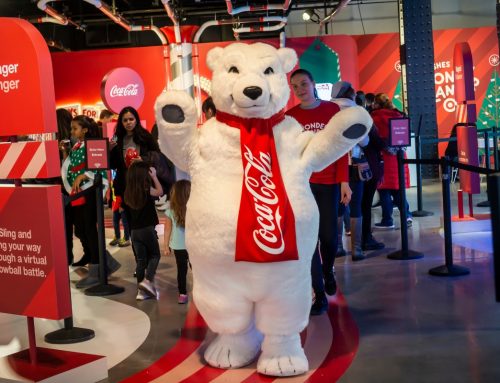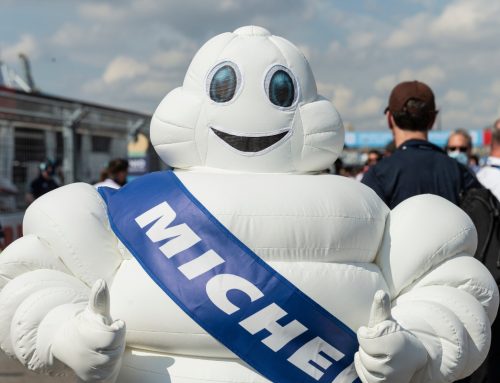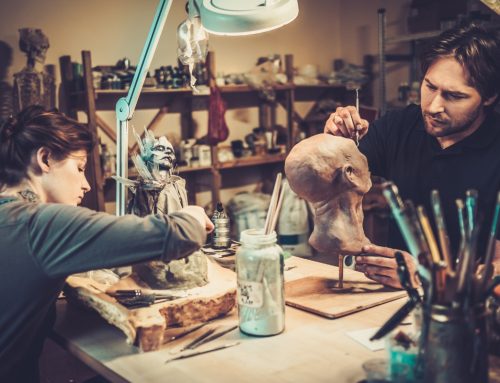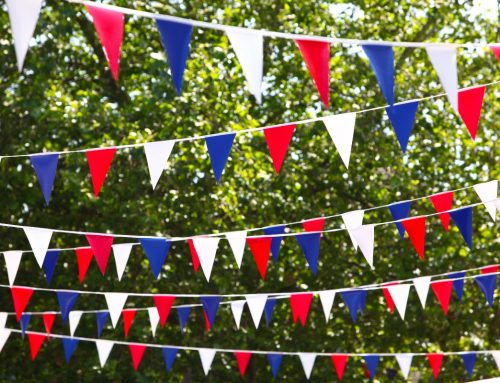A readily recognised business mascot can enhance a business or brand beyond measure. Once upon a time, just a part-glimpse of a toucan screamed ‘Guinness’. These days a red and white image of an older man with a big beard is almost as equally associated with KFC as it is Father Christmas.

What is a Business Mascot?
Don’t get it mixed up with the logo. A business mascot is essentially a character or icon used in marketing materials, on a website or as a larger than life character at events. It’s kind of ‘the friendly face’ of your business. It might be a cartoon image of the business owner or figurehead. It might be an animal or object.
Some examples:
Cartoon image of Colonel Sanders used by KFC. (Owner/figurehead.)
Security firm using a cartoon image of a guard dog. (Animal.)
Freelance writer using an image of a hand holding a quill pen over an open notebook. (Object.)
What Sort of Business Mascot Should I Have?
Think of your business as having a personality. Is it serious (accountants and legal firms)? Is your organisation people-focused (nursery, employment agency)? Health care or fitness-related (chiropractor, gym)? Food and drink (a pub)?
What kind of images are conjured up when thinking about your business? Do you see a helping hand? Maybe two heads together – supporting and communicating? Maybe an image of the founder or owner? Or a fast-running animal – say for a courier company. The business mascot needs to convey what you’re about and align with your logo and brand values. Most of all, it needs to reflect the business’s personality.
What Makes a Good Business Mascot?
If you’re casting your mind around thinking of what kind of business mascot is right for your organisation, think of some parades you’ve seen, or shop and event openings you’ve attended. Think of sporting events where suddenly a living, breathing mascot appears, captivating a big chunk of the crowd. The reaction to people in mascot costumes at events tells us straight away how popular they are.
It’s subjective… and sometimes obvious. A meerkat may be cute and cuddly to some but a bit too rodent-like for others. Two people dressed as a pair of dice or a king and queen of hearts may work effectively for a games company. A selection of building blocks with the letters A. B and C on them tells everyone the company is associated with early learning.
Many businesses have been started by a larger than life or clearly identifiable character – i.e. KFC, or Bob Jane T-Marts in Australia, or more locally, Granny Mary’s. These images are easily and readily recognisable and fit the brand. A strong character at the helm of a business is a possible mascot in waiting.
What to Avoid
Avoid things with negative connotations. If you’re thinking of an animal, well, a dog or a cat is a more positive image than a rat or hyena. And something like a goat might just confuse people, whereas a giraffe may suit a scaffolding or ladder company nicely.
Avoid anything ambiguous or too detailed. “Is it a dog or a cat?” “Looks like a small bear to me.” Keep the artwork simple because it’s going to be reproduced time and time again and in different shapes and sizes.
Don’t do what everyone else in your industry is doing (building blocks with A, B and C on them).
Good Business Mascots
A good business mascot is simple, identifiable and easily linked to your brand. It may carry a slight fun or quirky message, if that’s appropriate. It will certainly give your business character.





